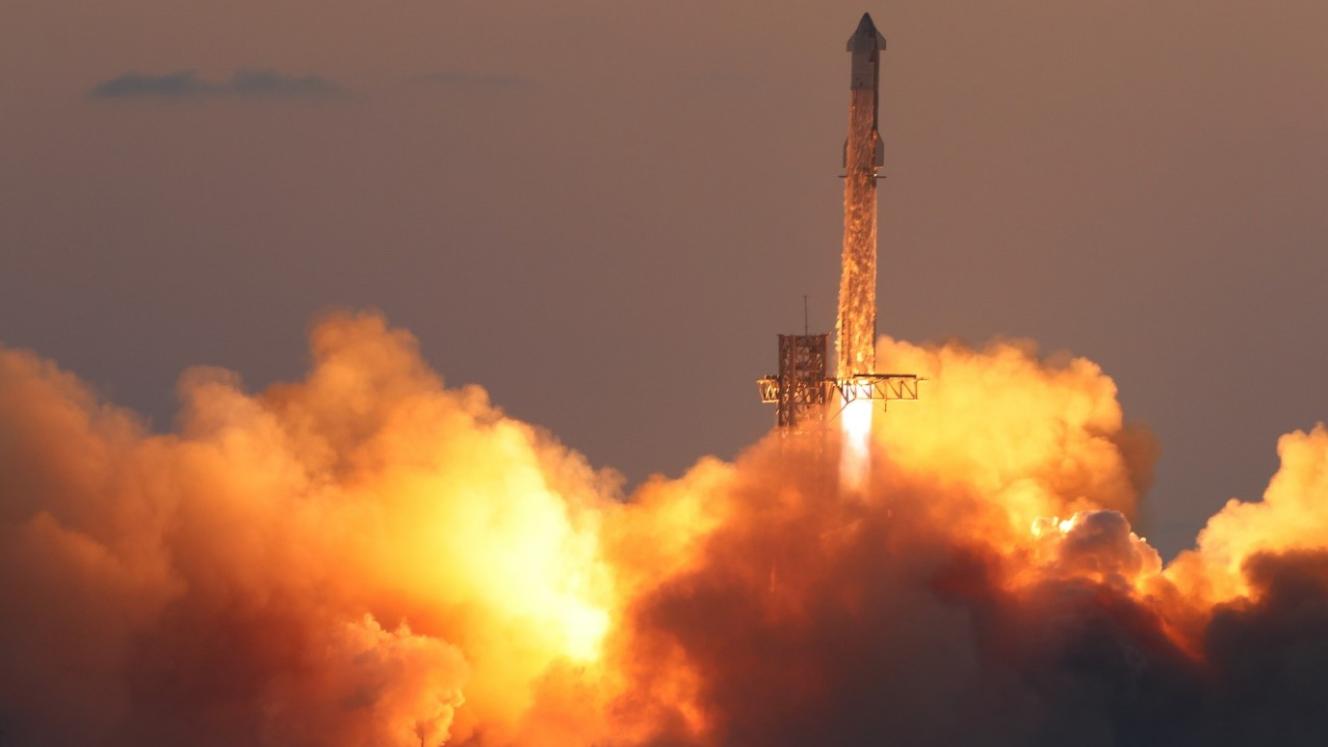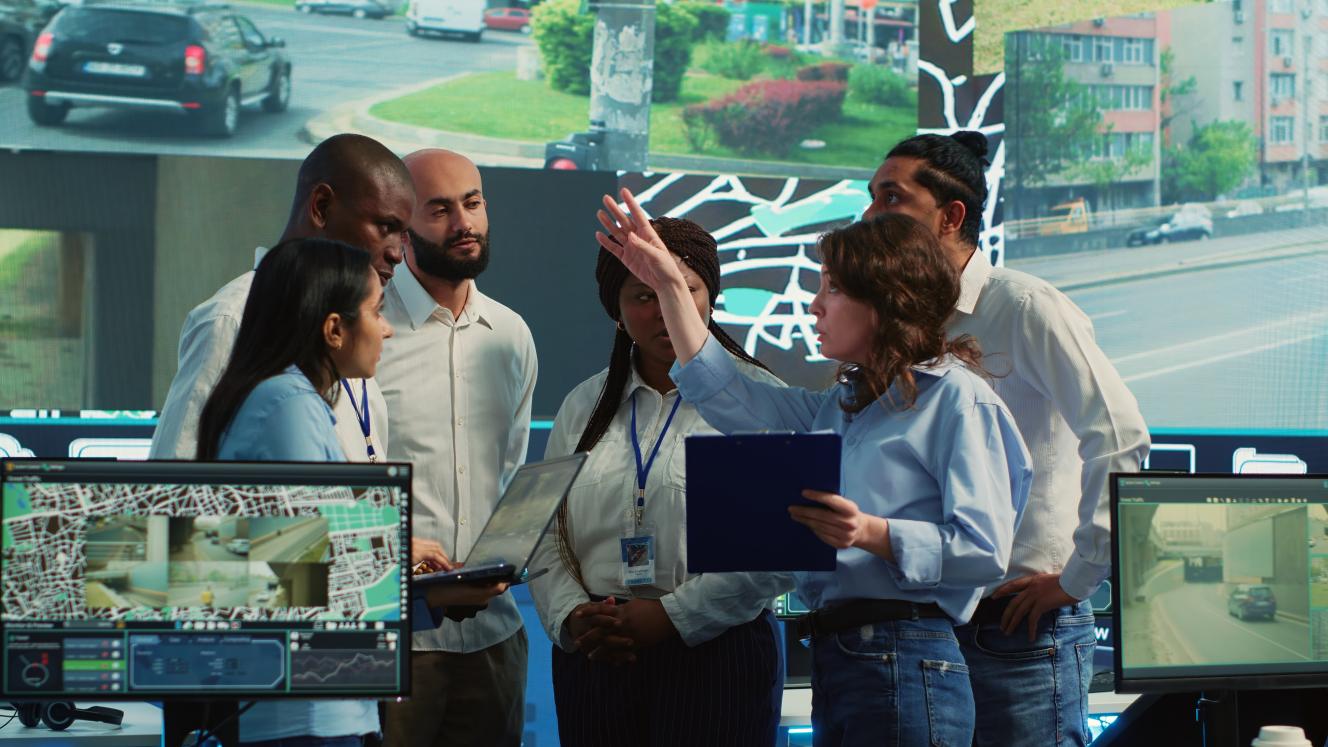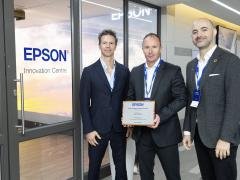The fifth full-scale test flight of SpaceX's new-generation Starship rocket lifted off from South Texas at sunrise on October 13, 2024. The Super Heavy booster, more than 20 storeys tall, rights itself over the launch pad in Texas moments before two mechanical arms grabbed it in mid-air
This achievement is the first of its kind and it's crucial for SpaceX's vision to rapidly reuse the Starship rocket, enabling human expeditions to the Moon and Mars, routine access to space for mind-bogglingly massive payloads and novel capabilities that no other company, or country, seems close to attaining.
The test flight began with a thundering lift-off of the 121,3 metre Starship rocket at 07:25 (12:25 UTC) from SpaceX's Starbase launch site in South Texas – a few miles north of the US-Mexico border. The rocket's Super Heavy booster stage-fired 33 Raptor engines, generating nearly 7,7 million kilograms of thrust and gulping 20 tons of methane and liquid oxygen propellants per second at full throttle. This is twice the power of NASA's Saturn V rocket, which was used to send astronauts to the Moon more than 50 years ago.After a vertical ascent from its coastal launch pad, the Starship rocket arced towards the east over the Gulf of Mexico. All 33 engines fired for more than 2,5 minutes, accelerating the rocket to nearly 5 300 km/hour before shutting off as the Starship upper stage ignited six more Raptor engines to continue the climb into space. This article was first published in the November edition of EngineerIT.
Click here to read the full article.














